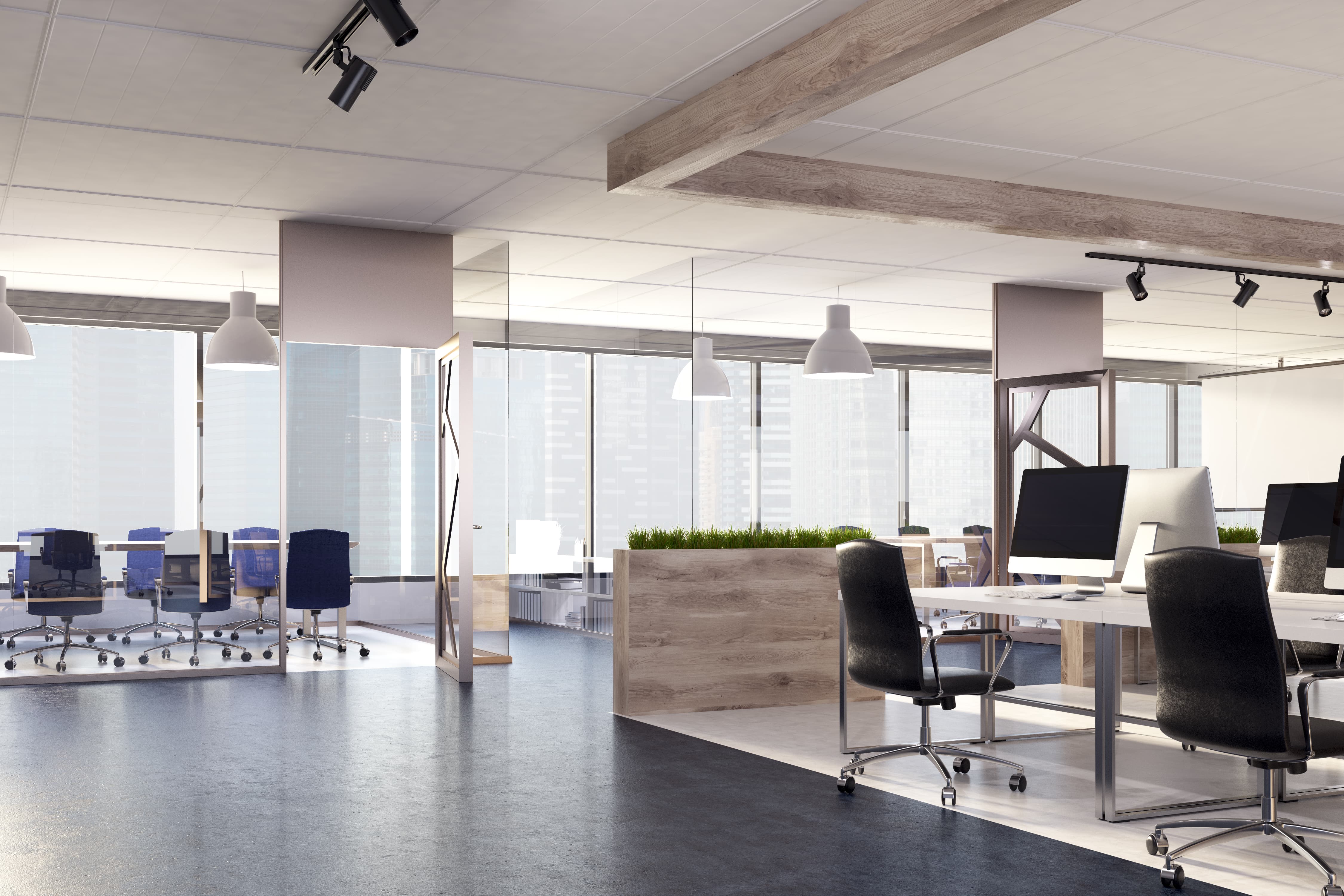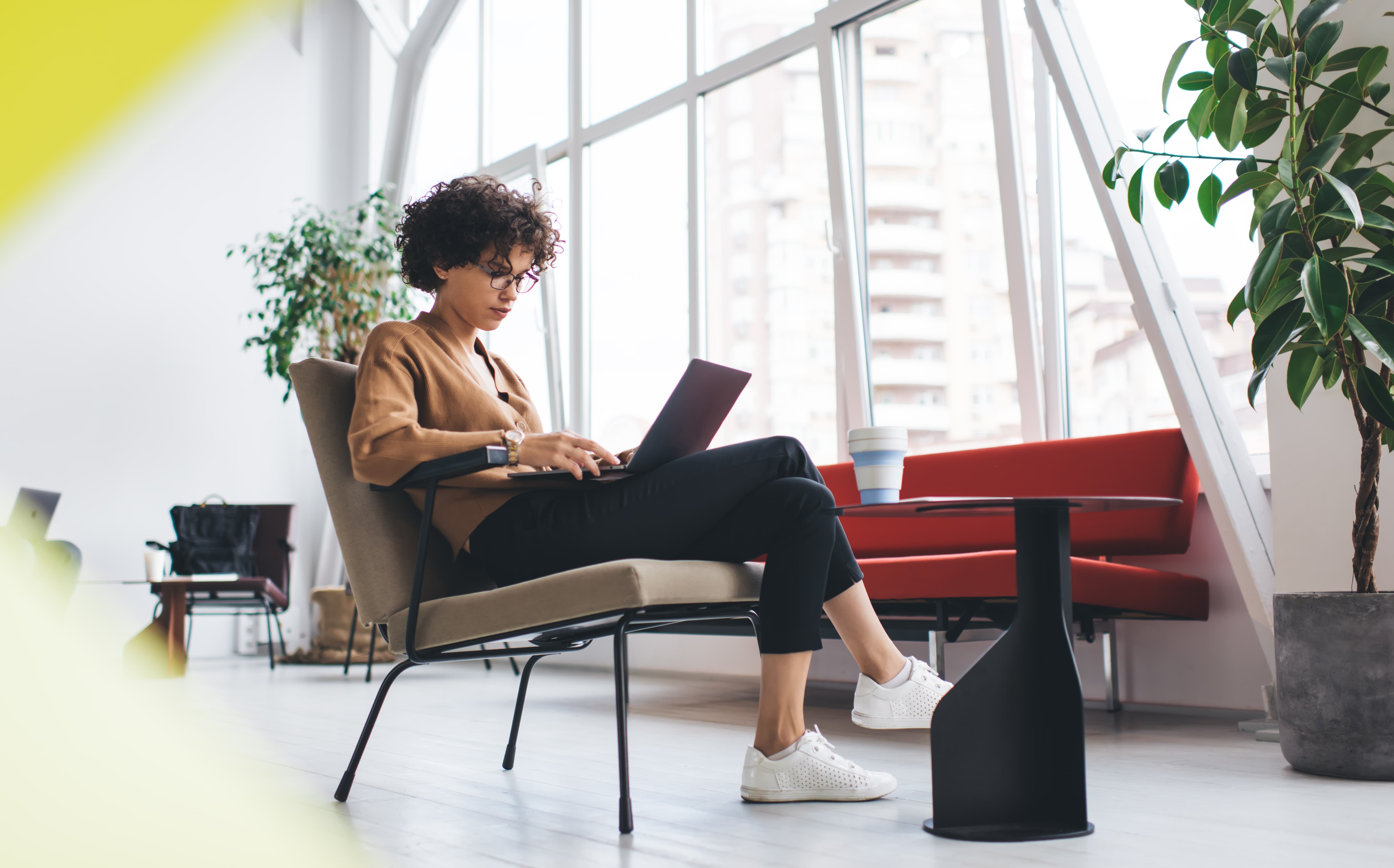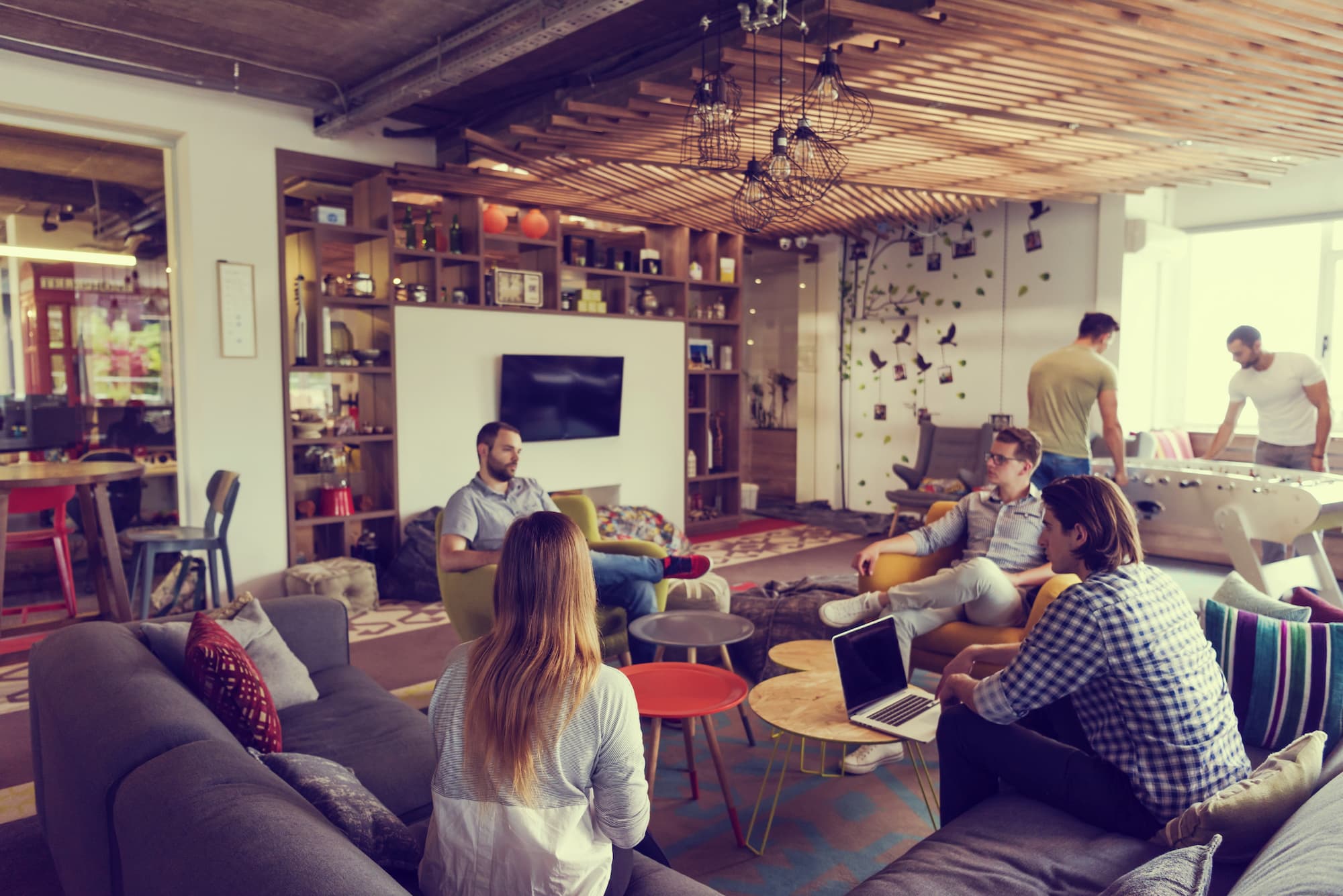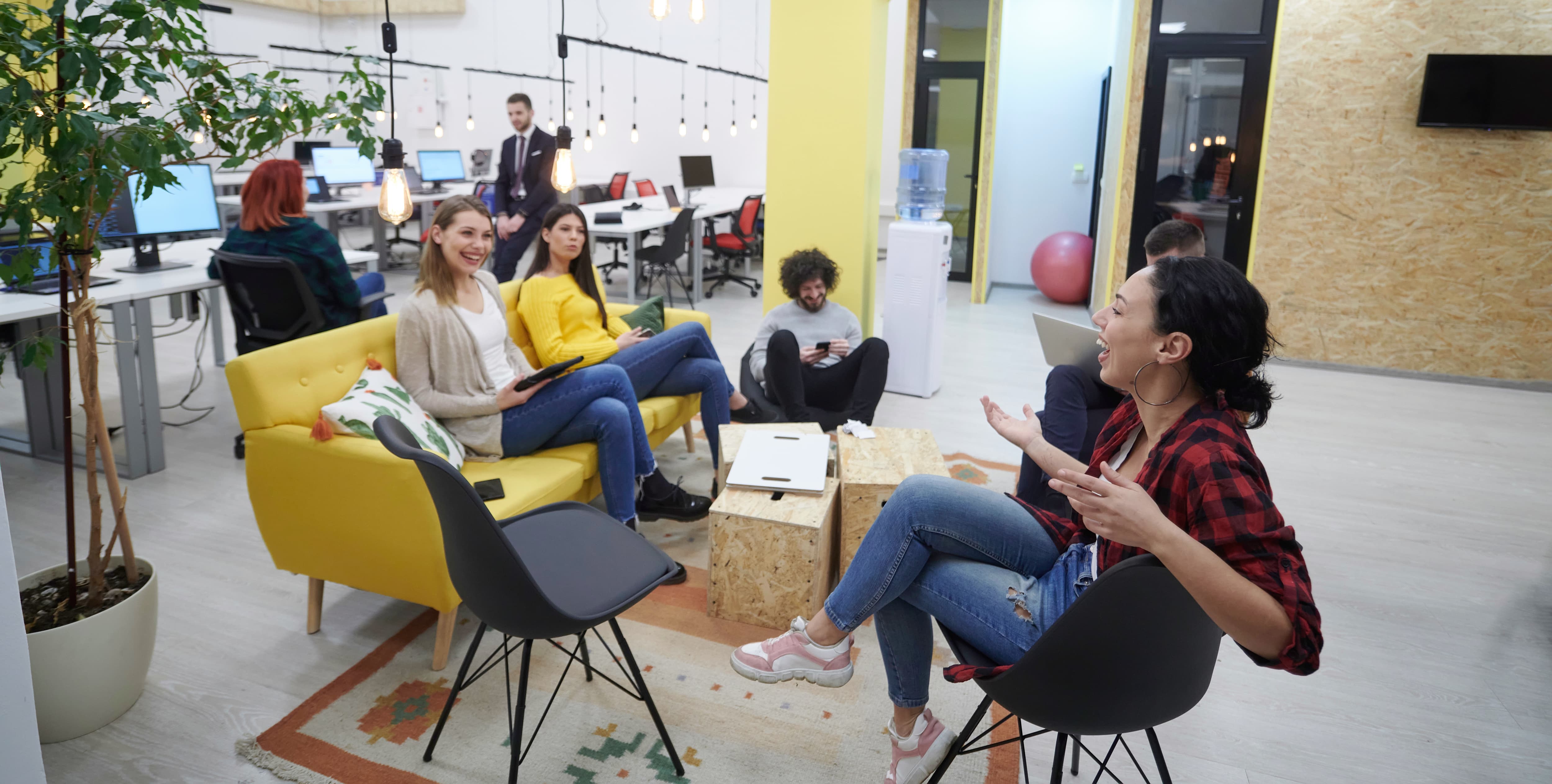Spending the day in front of a computer screen has become almost inevitable in today’s workplace. Plenty of people have thus started to experience severe eye fatigue, causing a decline in productivity and potential inadvertence mistakes. While employers and corporations currently overlook this problem, the extent of its consequences can only grow – to a point where it can no longer be ignored. Should you worry about digital eye strain?
According to the American Academy of Ophthalmology, a person blinks about once every 4 seconds. In front of a computer screen, one blinks once every 8 or 10 seconds. While it doesn’t necessarily cause eye damage, it leads to the so-called digital eye strain. The condition’s symptoms vary from dry and tired eyes to blurry vision, headaches, or even concentration issues. In an era of ever-growing digitalization, the use of screens is exponentially expanding. That is why you must act and protect your eyes at all costs.
1. Bridging the gap between screens and eyestrains
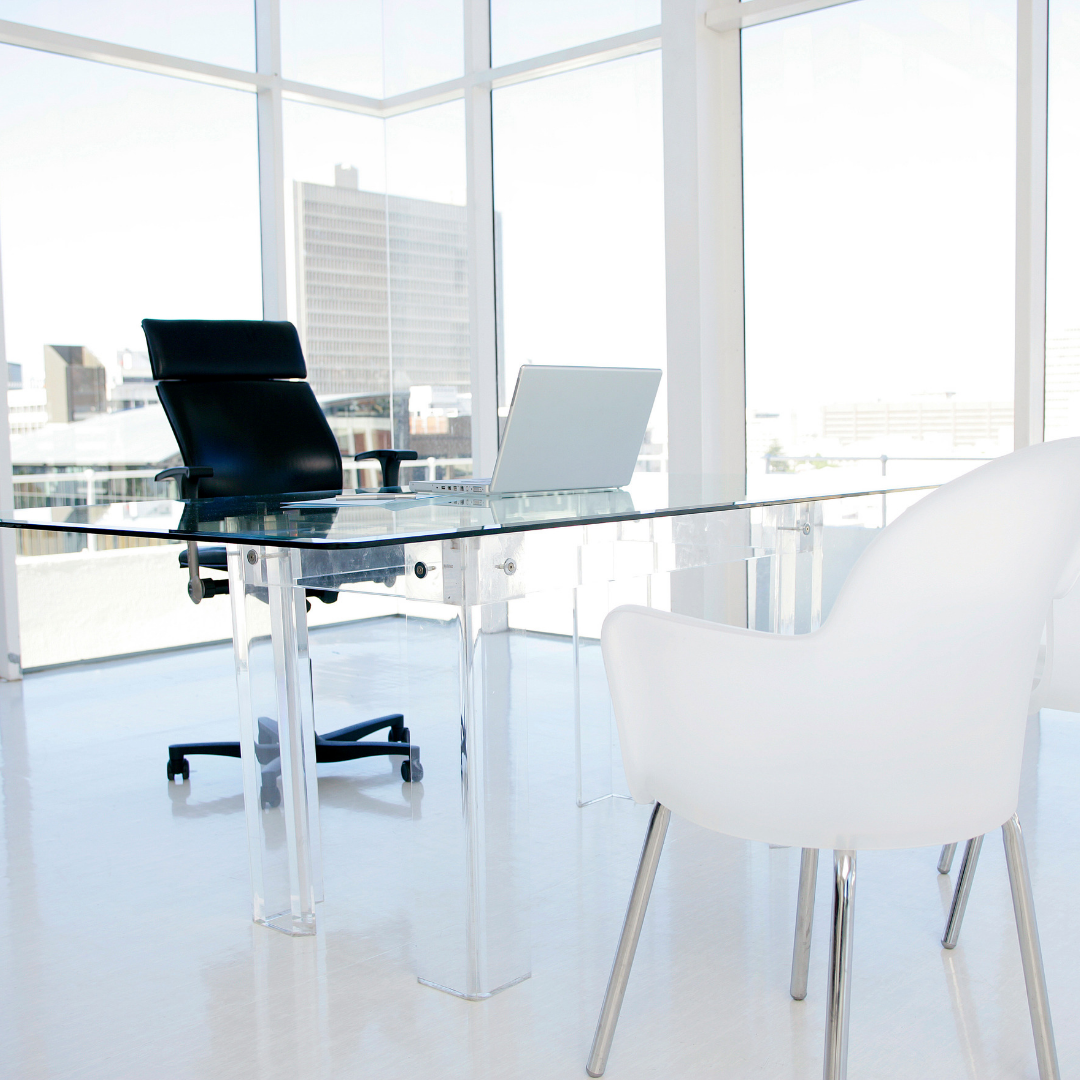
First things first, have you ever wondered what type of screen you’re currently using? If you still have an old-tube-style CRT screen, you should probably think about switching to an LCD screen. In addition to having an anti-glare layer, LCD screens are much softer for the eyes. Unlike CRT screens, LCD ones do not display flickering, and thus do not cause as much fatigue.
Another essential component to take into consideration is blue light. White sunlight contains 25 to 30% of natural blue light. Over the afternoon, this percentage decreases, allowing our body to prepare for night rest. Computer monitors and other electronic devices emit more blue light, about 35%, even late at night. Because this significant exposure can have a range of negative impacts on our health and wellbeing, one can take various actions for protection purposes: You should regularly check for a night mode in your computer’s settings, in addition to adjusting your monitor’s brightness.
2. Becoming aware of the surroundings
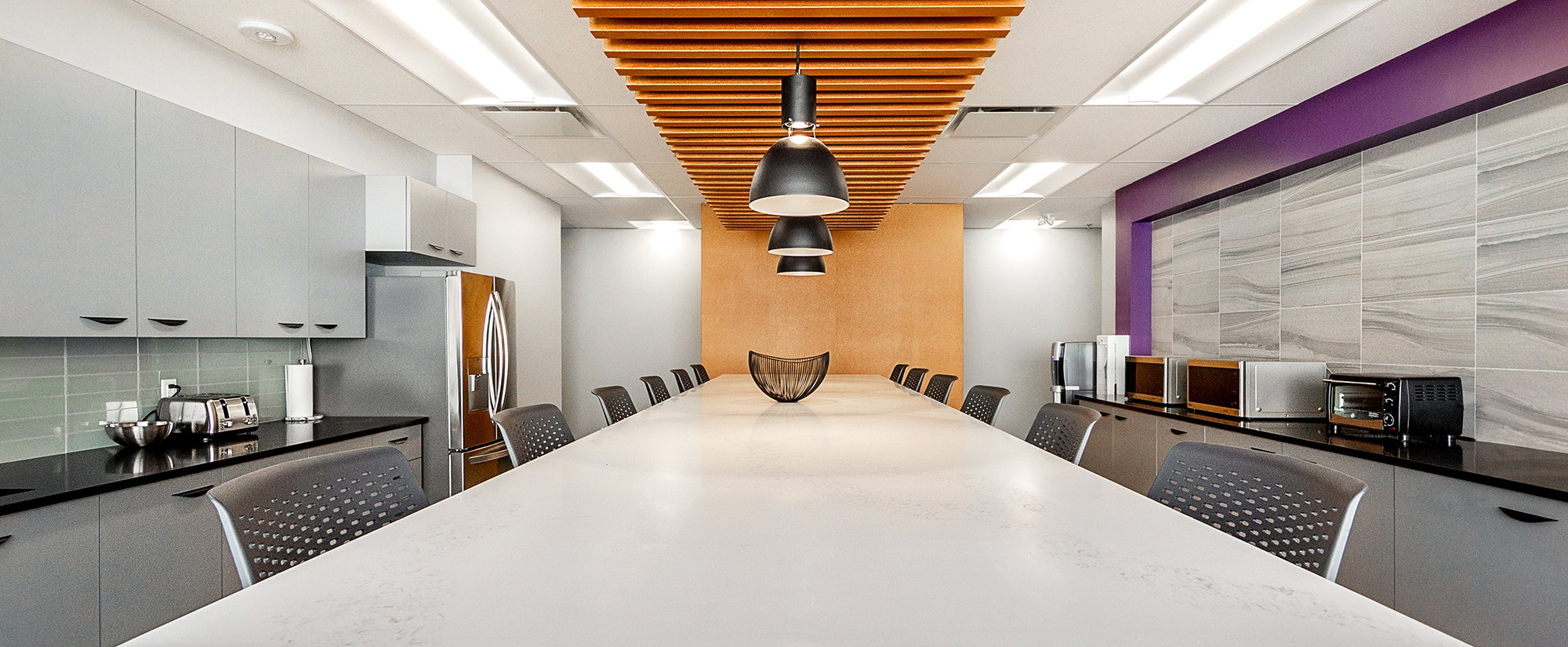
Ensuring well-being in a working environment depends highly on the fundamental notion of visual comfort. Indeed, in addition to the average level of illumination required, it’s essential to ensure a good quality of the light emitted in the workspace with both uniformity of illumination, and balance of lights tints to avoid glare.
Inadequate lighting in office space can prompt eye strain and irritation as well as headaches. With the right level of illumination, the number of errors and accidents ultimately decreases, and visual fatigue is reduced. One last thing to be aware of when assessing your surroundings is to avoid fluorescent light when working. This type of light can be harsh on the eyes! They can go as far as triggering subconscious squinting and eventually eyestrain. For this reason, you should stick to LED lighting instead.
Our Truspace approach consists of defining your workspace lighting inefficiencies and implementing a new workspace strategy that fits the nature of tasks performed. We will make sure lighting in your offices is designed to make it easier for employees to perform their duties better and in optimal lighting conditions.
3. Take care of your eyes
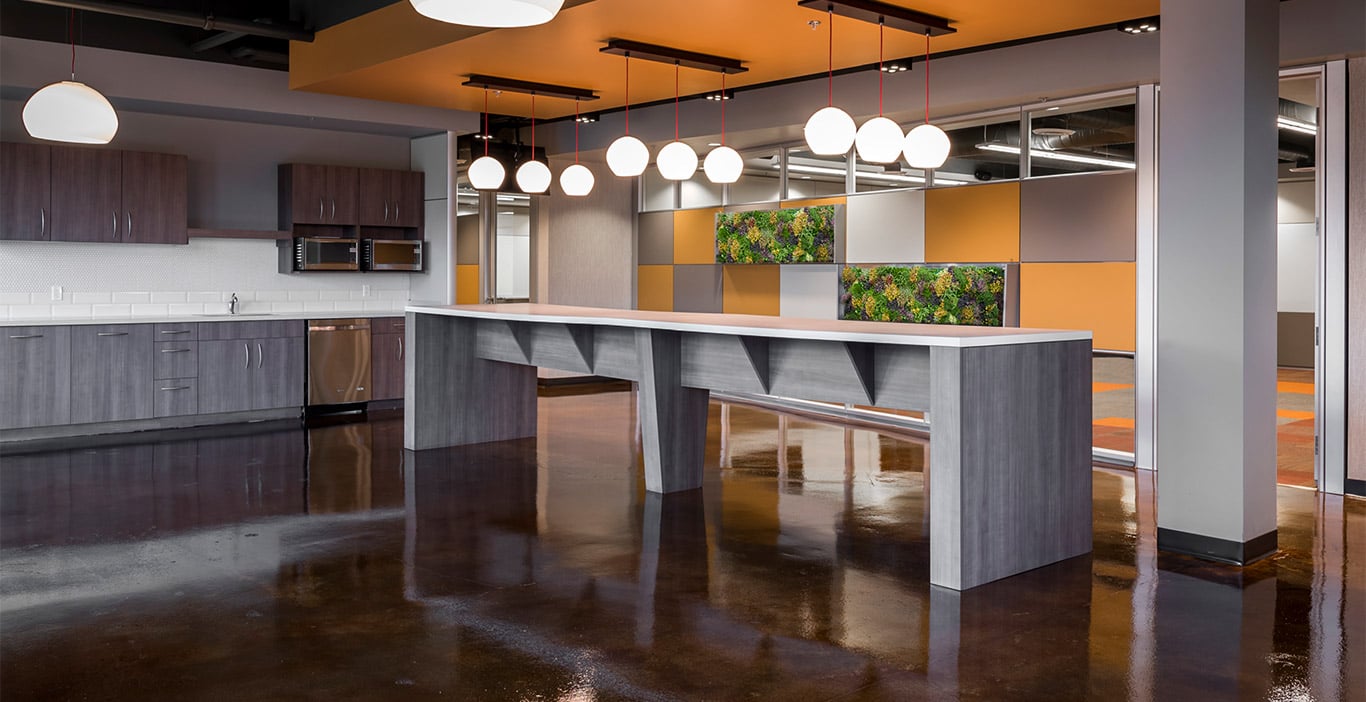
Your eyes are precious. You want to keep them for the rest of your life. But how can we take care of them daily, especially at work?
The cause of digital visual fatigue is often related to the prolonged fixation on screens. To decrease the risk of tiring your eyes by continually looking at your computer, try looking away every 20 minutes and stare at a distant object (a distance of at least 20 feet) for 20 seconds. Some ophthalmologists call this exercise the 20-20-20 rule. Looking away helps you relax the muscles responsible for accommodation inside your eye to reduce fatigue. Another important eye exercise is to remember blinking more often when working on a computer. As stated before, we tend to forget to blink when in front of a monitor.
Besides exercising your eyes, there is a tool that goes in tandem with a healthy ocular system: Glasses. Outside, you should always avoid looking directly into the sun and wear sunglasses. This can prevent cataracts or macular degeneration. Make sure they offer proper protection against UVA and UVB rays. At work, try wearing protective glasses. These will contribute to helping your eyes rest and avoiding part of the burden they endure during a day at the office.
Contact us to get the workspace your company truly deserves!

